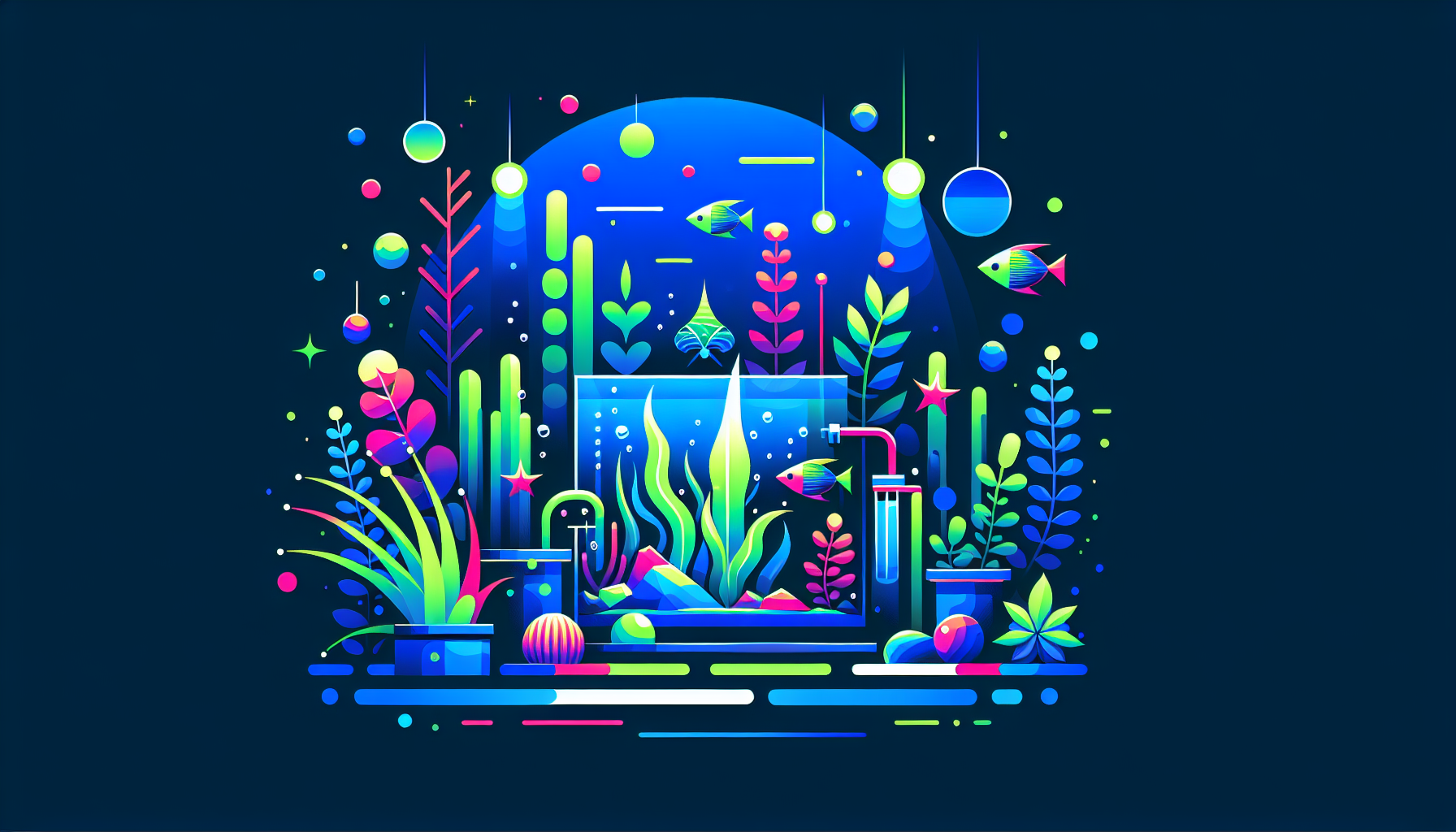The Beginner’s Guide to Aquascaping: Tips, Techniques & Essential Equipment
Are you ready to transform a simple aquarium into a breathtaking underwater landscape? Aquascaping is an art that combines creativity, gardening, and aquarium care—a hobby that’s as rewarding as it is captivating. In this beginner’s guide, we’ll walk you through the basics of aquascaping, from selecting your equipment and materials to designing layouts and maintaining a thriving, lush aquascape. Whether you’re just starting or looking to refine your technique, this guide has everything you need to start your aquascaping adventure.
What is Aquascaping?
Aquascaping is the craft of arranging aquatic plants, rocks, driftwood, and other decorations in an aquarium to create visually stunning and balanced underwater sceneries. Unlike traditional fish tanks, aquascapes are designed with artistic layouts in mind—think natural landscapes reimagined in miniature form. These living artworks not only beautify your space but also provide a healthy environment for fish and invertebrates.
Essential Equipment for Aquascaping
Before you dive in, make sure you have the right aquascaping tools and equipment to set a strong foundation:
- Tank: Start with a clear glass aquarium—20 to 30 gallons is ideal for beginners.
- Lighting: Full-spectrum LED lights support lush plant growth and vivid colors.
- Filtration: A quality aquarium filter keeps water clean and maintains a stable environment.
- CO2 System: Vital for vibrant plant growth, especially in high-tech setups.
- Substrate: Nutrient-rich soil or sand ensures strong root development for aquatic plants.
- Heater: Recommended if you keep tropical plants or fish.
- Aquascaping Tools: Tweezers, scissors, and spatulas help with planting and layout.
For a more detailed list of recommended gear, check out our Aquascaping Equipment Essentials guide.
Aquascaping Design Styles You Should Know
Choosing a layout style is one of the most exciting steps in aquascaping. Here are three of the most popular aquascaping layout styles for beginners:
Nature Aquarium
Inspired by natural landscapes, these layouts mimic forests, hills, and valleys using plants and hardscape materials.
Iwagumi
This minimalist Japanese style uses carefully placed rocks and few plant species to achieve elegance and harmony.
Dutch Style
Characterized by colorful, dense plants arranged in terraces and rows for a lush, “garden-like” look.
Want inspiration? Check out our gallery of Aquascaping Ideas & Inspiration.
Step-by-Step: How to Set Up Your First Aquascape
1. Plan Your Layout
Sketch your vision or use online design tools. Consider your chosen aquascaping style and sketch where hardscape and plants will go.
2. Prepare the Substrate
Add a layer of nutrient-rich substrate for plant roots, then a thinner layer of decorative sand or gravel if desired.
3. Arrange Hardscape Materials
Place rocks, driftwood, and other décor to create structure. Remember the “golden ratio” and visual depth for dynamic layouts.
4. Planting Aquatic Plants
Use aquascaping tweezers to gently plant foreground, midground, and background species in their chosen spots. Mist plants to keep them moist during setup.
5. Fill the Aquarium
Slowly fill the tank with dechlorinated water to avoid disturbing your layout.
6. Install CO2 and Equipment
Set up CO2 injection (if using), filtration, and lighting according to your tank’s needs.
7. Cycle the Aquarium
Allow your tank to cycle for several weeks to establish beneficial bacteria for a healthy, balanced ecosystem.
For extra setup tips, read our detailed guide on How to Set Up an Aquascape.
Choosing the Best Aquatic Plants for Beginners
Not all aquatic plants are created equal. As a beginner, focus on hardy, low-maintenance species:
- Anubias – Tolerates a range of lighting and is perfect for attaching to rocks and wood.
- Java Fern – Grows well almost anywhere and is very forgiving.
- Cryptocoryne – Offers beautiful textures and thrives in low to medium light.
- Vallisneria – Provides tall, grassy visual appeal in the background.
Learn more about best beginner plants in our Aquarium Plants for Beginners article.
Maintenance: Keeping Your Aquascape Healthy
Ongoing care is crucial to a thriving aquascape. Follow these maintenance basics:
- Perform weekly water changes of 20-30%.
- Trim plants regularly to prevent overgrowth and promote new shoots.
- Monitor CO2 and nutrient dosing to avoid algae outbreaks.
- Check water parameters (pH, GH, KH, nitrates) and adjust as needed.
Discover more tips in our Aquascape Maintenance Guide.
Final Thoughts: Dive Into Aquascaping!
Starting your aquascaping journey is both fun and fulfilling. By combining technical knowledge, creative design, and regular care, you’ll build not just a beautiful aquarium—but a living work of art. Remember, patience is key. Aquascapes evolve over time, rewarding you with stunning scenery and healthy aquatic life.
Ready to create your dream aquascape? Explore more how-to guides, plant care tips, and exclusive aquascaping resources at Aquascaping Academy! Don’t forget to subscribe to our newsletter for updates and inspiration straight to your inbox.



